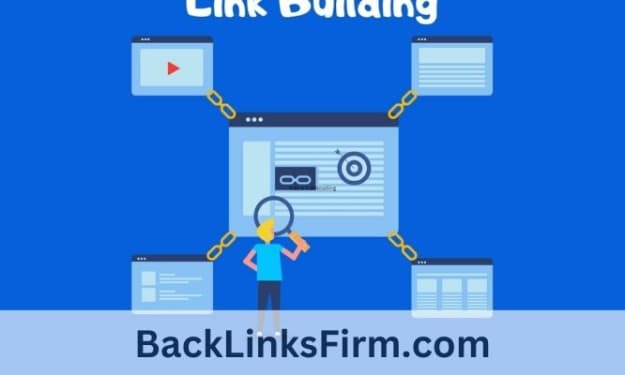Agile methodology for successful digital transformation:
Agile methodology for digital transformation

Approach to dealing with difficulties, software development, and project management help teams deliver quality services to their customers faster with minor faults. It is a framework for the software development process that lies under concepts of scrums, springs, high programming, etc.
Framework, methodologies, and set of practices for customer satisfaction and collaboration, along with continuous delivery of software using Agile software development.
Core Agile principles to be noticeable:
• Enable Digital Advantage
• Data Visualization
• Customer Experience
• Secure Infrastructure
• Embracing digital transformation
Agile Transformation Challenges:
Company's culture is impeding change:
Defining an agile culture increases engagement, appreciation, clear communication, empowering people and teams, and open procedures. Conversely, an inflexible organization with tightly regulated procedures that do not respect human resources and has yet to embrace the concept of change entirely is doomed to failure.
Transformation at scale:
At the team or department level, initiating small is ok. However, implementing the changes is a must throughout the enterprise. You will need more than one or two agile teams to help you with your change. Implementing Agile methods to achieve business potential must be implemented throughout the firm. Not using the agile technique is beyond the trial stage, its influence will be limited.
Leaders are not persuading:
For any change or transformation to be effective, persuading leaders must be of the need for change. A transition across the organization is only possible with management backing.
Agile leaders drive the change from the front, bringing in the required investments, assisting in creating an innovative culture, and building a platform for open communication among all workers.
Rushing the transformation:
An organization that rushes its transformation process does so without proper planning, knowledge of processes, or the support required to carry out this enormous task.
A successful transformation takes several years and focuses on everything from culture to process change to mind set change. A rushed effort will reveal gaping holes in the transformation foundation and will undoubtedly lead to the action coming tumbling down.
Not assisting workers with their transition:
A successful transition requires the workforce to understand the following:
• The agile procedure
• The abilities necessary for the new procedure
• Assigning to their new jobs
• How their professional paths altered as a result of the agile transition?
The workforce must be amenable to being agile, and management must be upfront and honest with the employees about the entire process. Employee attrition and skill loss might result from a need for more transparency.
What should you do to ensure a successful transformation
Obtain leadership support:
Successful agile leaders promote culture transformation, according to Scrum.org, concentrate on three things:
• They cultivate a culture that encourages experimentation and learning.
• They work with workers (at all levels of the organization) to identify common values to achieve a larger objective for the firm and the teams and
• They design an organizational structure that encourages and rewards the other two aspects.
Strategize:
Developing a plan for how what, and why to execute are essential. Large, complicated firms can only transform into agile organizations after some time.
They must develop an agile roadmap, bring together people, processes, and technology, and verify the efficacy of agile before growing it.
Support workers at all levels:
How will you keep your staff informed and empowered as the transition unfolds?
Because agile implies a shift in procedures, handling it necessitates a shift.
Using Agile training, presentations, and learning helps employees through the change.
By reinforcing principles, teams understand them and are comfortable working in a new setting.
Agile training and coaching, in particular, are excellent tools for helping staff adopt an Agile mind set.
Recognize that agile is primarily concerned with corporate culture transformation:
Ensure an agile-friendly culture is for a successful agile transition.
Large businesses that have relied on old methods of operation may need help to adapt to new ways of functioning.
However, it is possible. Only when everyone is on board can a culture transformation take place.
Along with leadership alignment, there must be an organizational cultural transformation.
Bringing this transition requires both a bottom-up and a top-down strategy to accomplish being honest and authentically communicative about the changes leaders want to make.
You have an agile-ready culture if you:
• Pay attention to your consumer.
• Instead of depending on reports, make decisions in real-time.
• Take chances and learn from your mistakes.
• Count on cross-functional, self-organized teams.
• Have leadership that is open and approachable.
• Maintain top-down, bottom-up, and cross-communication throughout the company
• Culture of agility
Conclusion:
Businesses must learn from their failures and be ready to change to implement Agile successfully. On their road to an agile transformation, organizations will encounter unprecedented hurdles. The goal is to learn from your errors and embrace change. Transitioning to agile also requires an experienced agile partner who can help individuals and the company through coaching, training, and collaboration with executives to effect change.





Comments
There are no comments for this story
Be the first to respond and start the conversation.